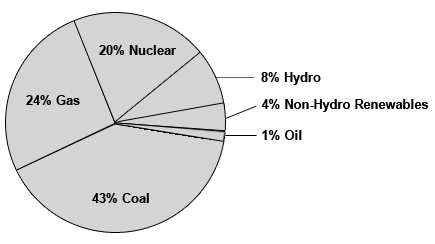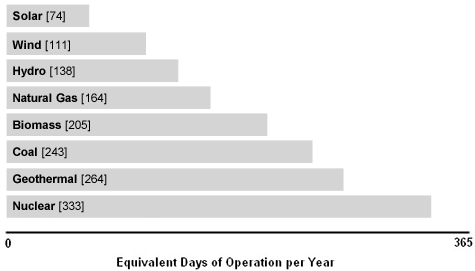As public concern over the environmental impacts of coal-based generation increases, new technologies and practices to improve plant efficiency and reduce emissions of air pollutants and greenhouse gases are of interest. Development is underway on carbon capture and sequestration (CCS) technologies that would capture CO2 from coal-fired power plants either before or after combustion and sequester it underground to prevent its release into the atmosphere. If cost-effective, reliable, and highly efficient new coal plant designs with CO2 capture are available to the industry, coal could maintain a large role in the generation mix and help constrain possible increases in electricity and natural gas prices.
Carbon capture and sequestration offers a technological option for reducing the CO2 emissions produced from coal-based generation. Currently, retrofitting existing units with CCS or building new plants with CCS will involve significant cost, and also reduce power output due to the additional energy required to operate the CCS equipment.
CCS has not yet been deployed at the utility scale, and resolution of several political and technical issues is needed, such as establishing clear CO2 emission rules. However, small-scale demonstration units have shown promise, and research is ongoing to reduce both the cost and the energy penalty associated with CCS in both retrofit and new build applications.
Where Does Electricity Come From?

What Plants are Used the Most?
